 Laden...
Laden...
 Laden...
Laden...
The Hunting Museum presents the relationship between man and animals throughout history. This highly scenographic museum was inaugurated by André Malraux. It was originally housed only in the Hotel Guénégaud designed by Mansart, and was later extended to the Hotel de Mongelas.
Often looking like a cabinet of curiosities, the scenography benefits from a flattering architecture coupled with a careful decoration.
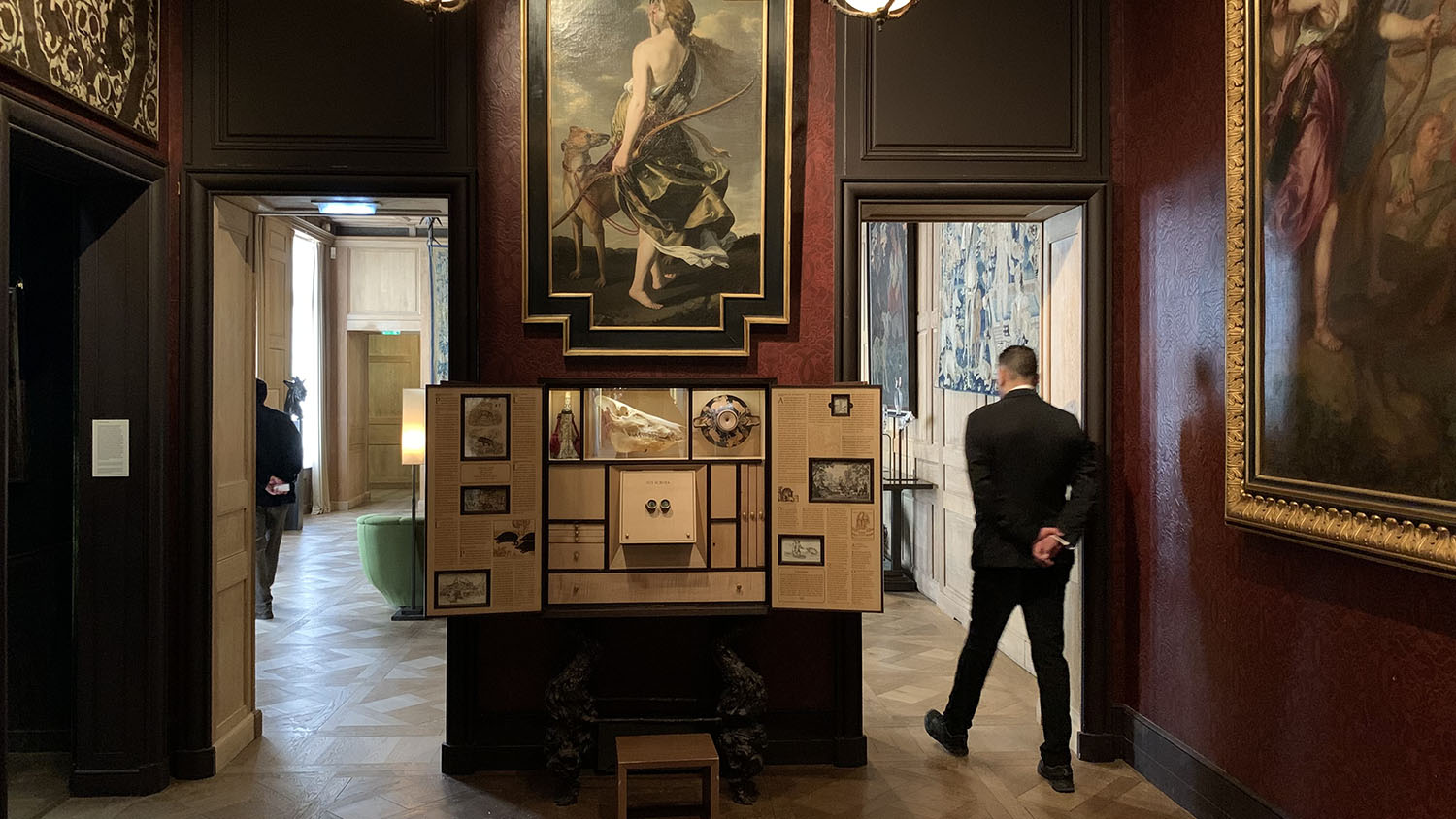

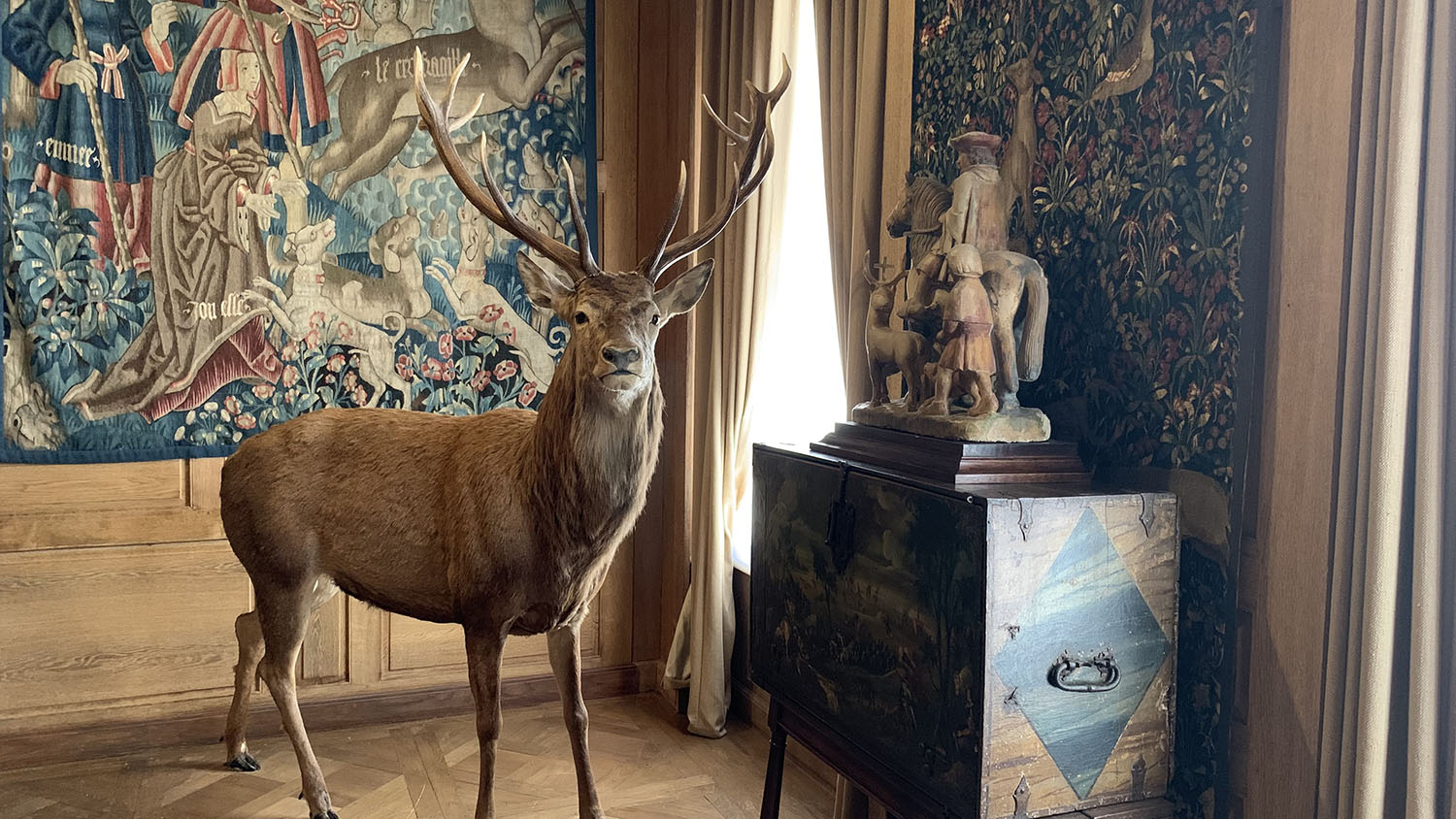
We make curious encounters!
We learn that in the Middle Ages, we see in the stag, signs that refer to the Almighty. The fall and regrowth of the antlers recall the resurrection of Christ. The ten horns, which can often be counted in the antlers of the beautiful animal, evoke the ten commandments. In reality, it is certainly the majesty of the deer that probably seduced the nobility.
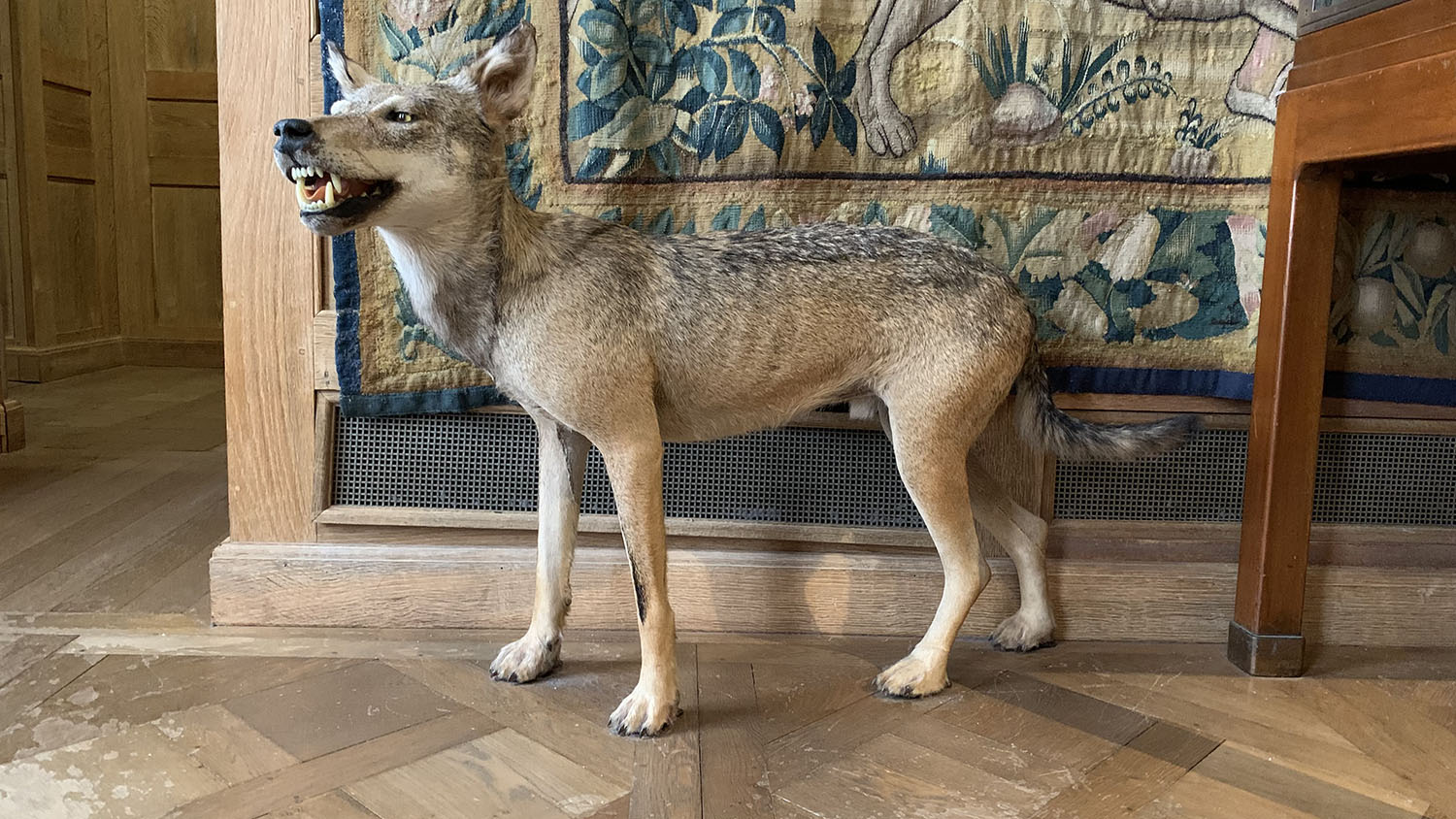
Would young children mistake this cub for a dog? Let’s look at its teeth.
If the stag is majestic and divine, the wolf is cunning, cruel, even diabolical. He is the one who crosses man’s path and sometimes hinders his domination. He is hated by the peasants, still today. In the Middle Ages, wolves shared the forests with vagabonds and thieves. At the beginning of the 9th century, the enemy of the peasants was the same as today. Charlemagne created the luparii by the capitulary of Willis in 812 or 813: „The rural owners must have in their ministry, two wolf hunters“.
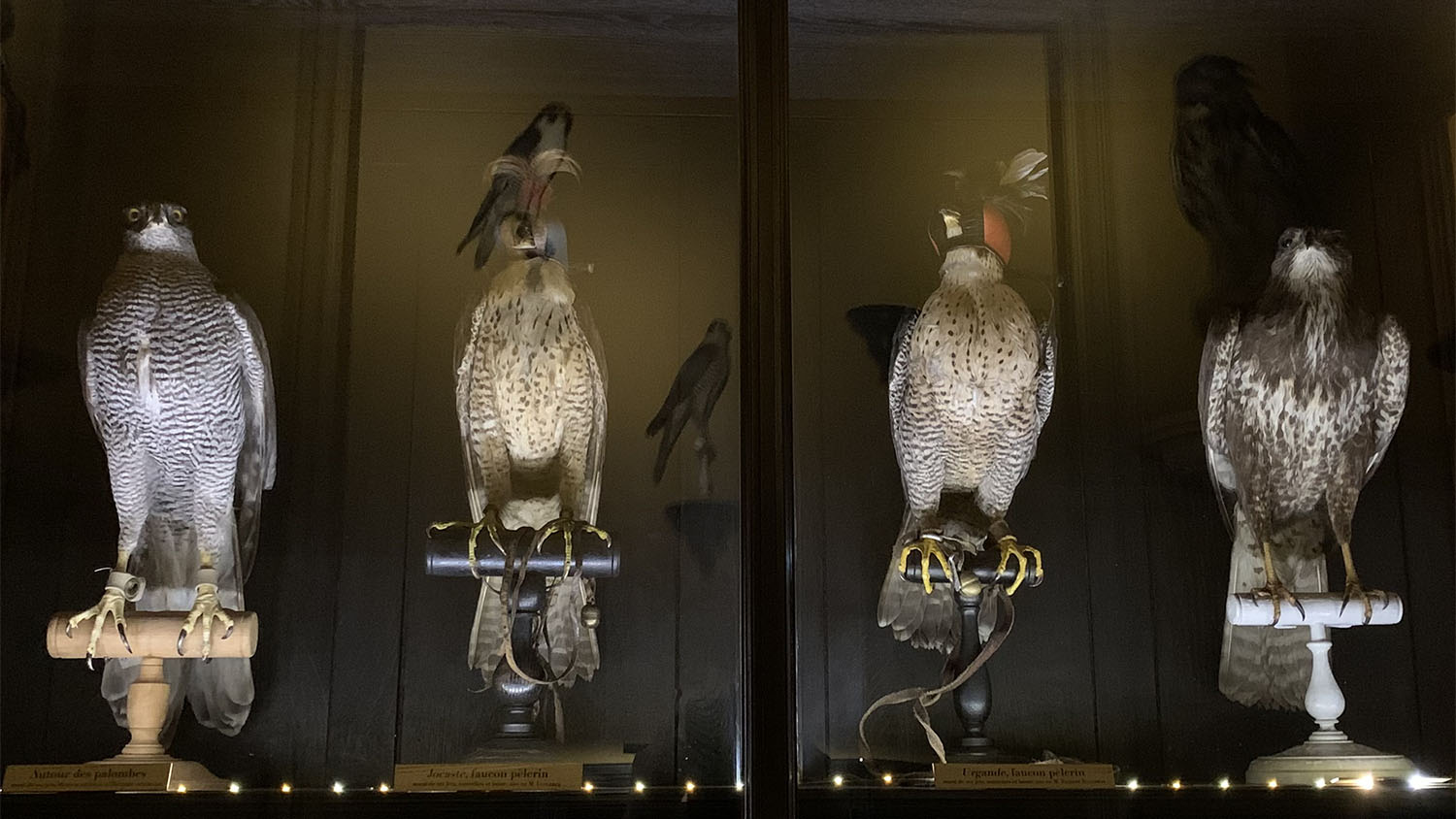
4 falcons

Portrait of Philip I of Castile, Duke of Burgundy, circa 1490. Falconry was practiced by the nobles. The bird was carried in the fist to assert its social rank
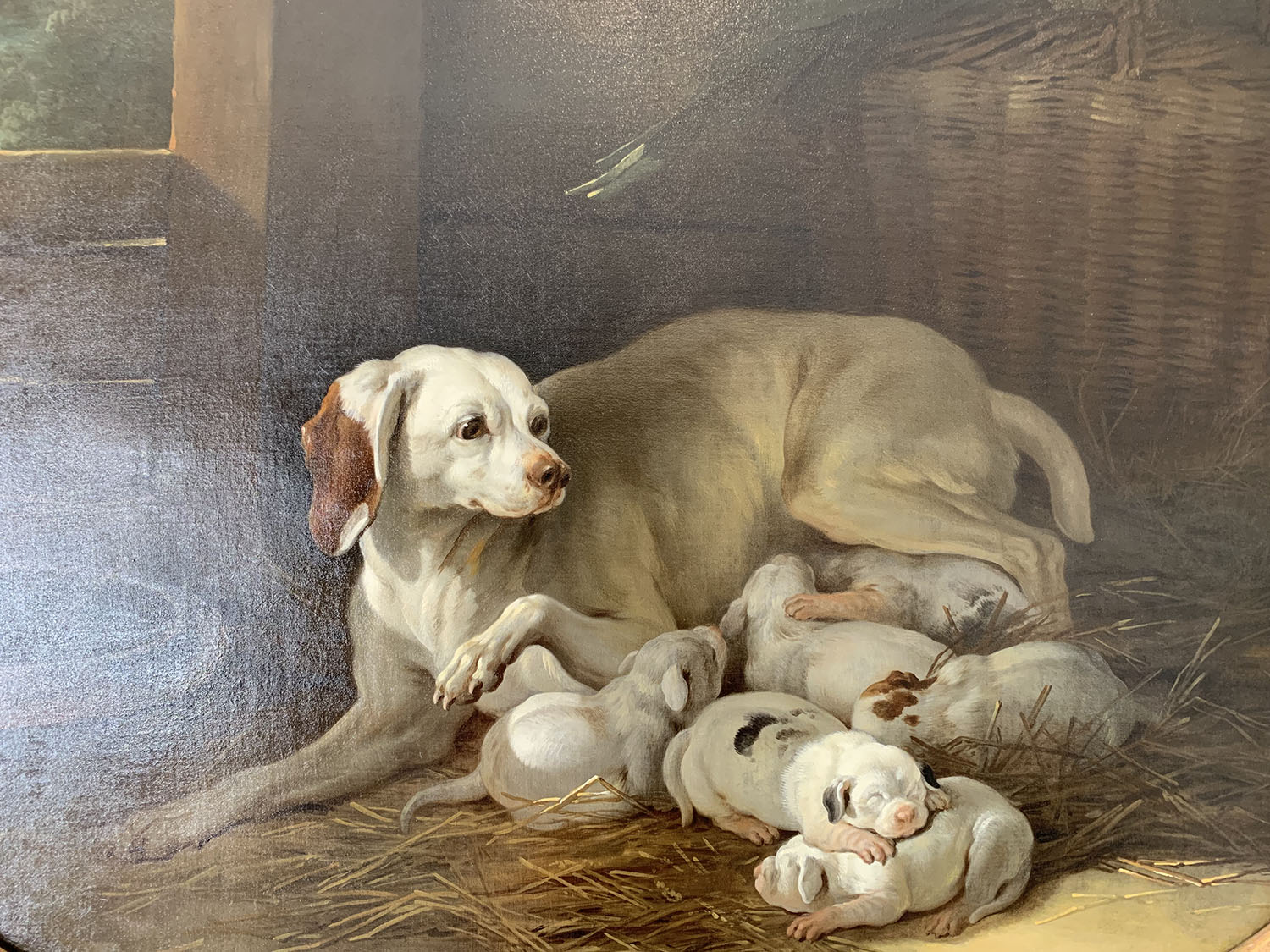
This painting expresses the maternal feeling in the dog. Jean Baptiste Oudry (1686-1755). We are just moving away from the anthropocentric discourse of Descartes.
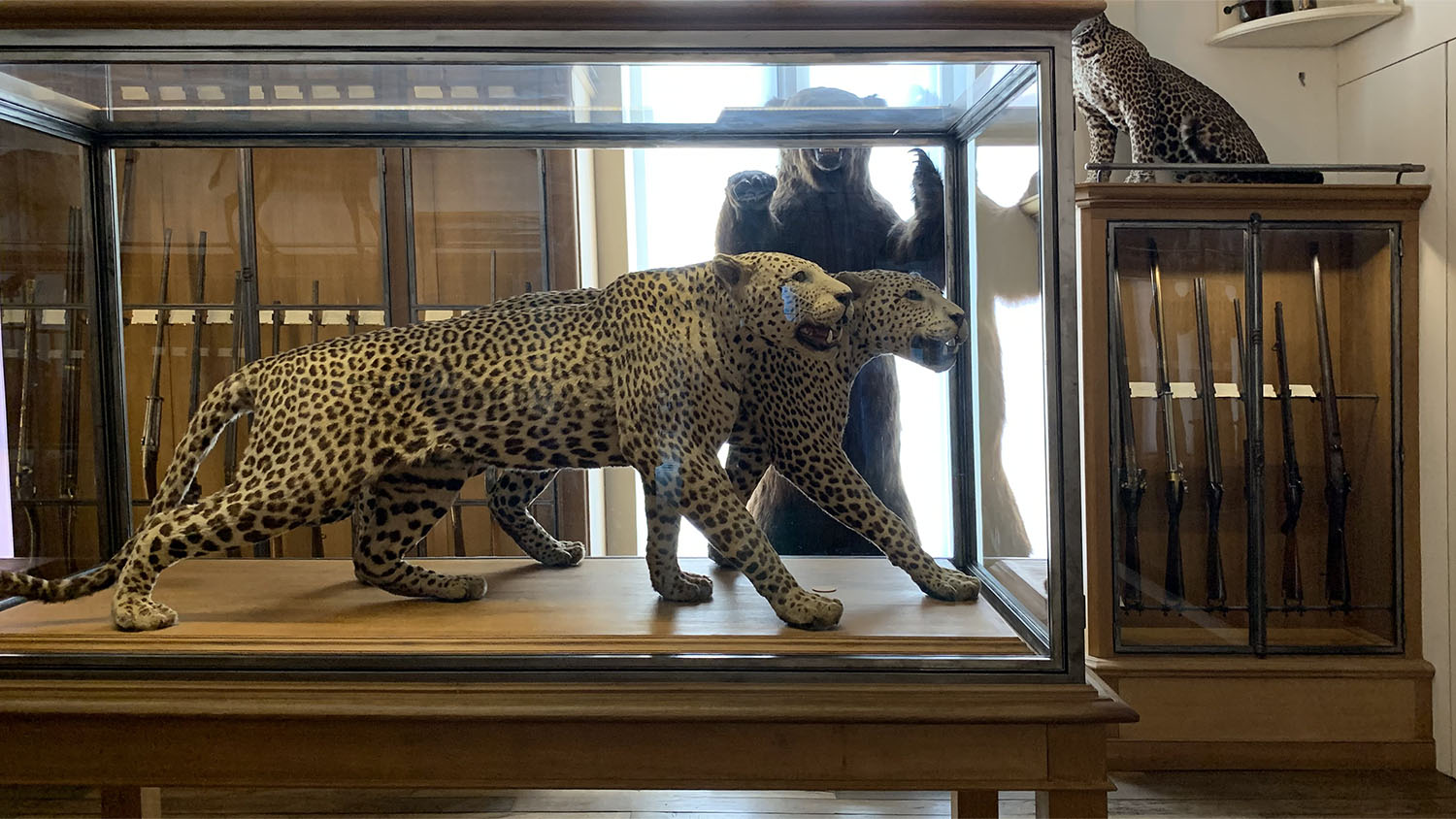
Two splendid leopards in a room displaying a large number of trophies and weapons.
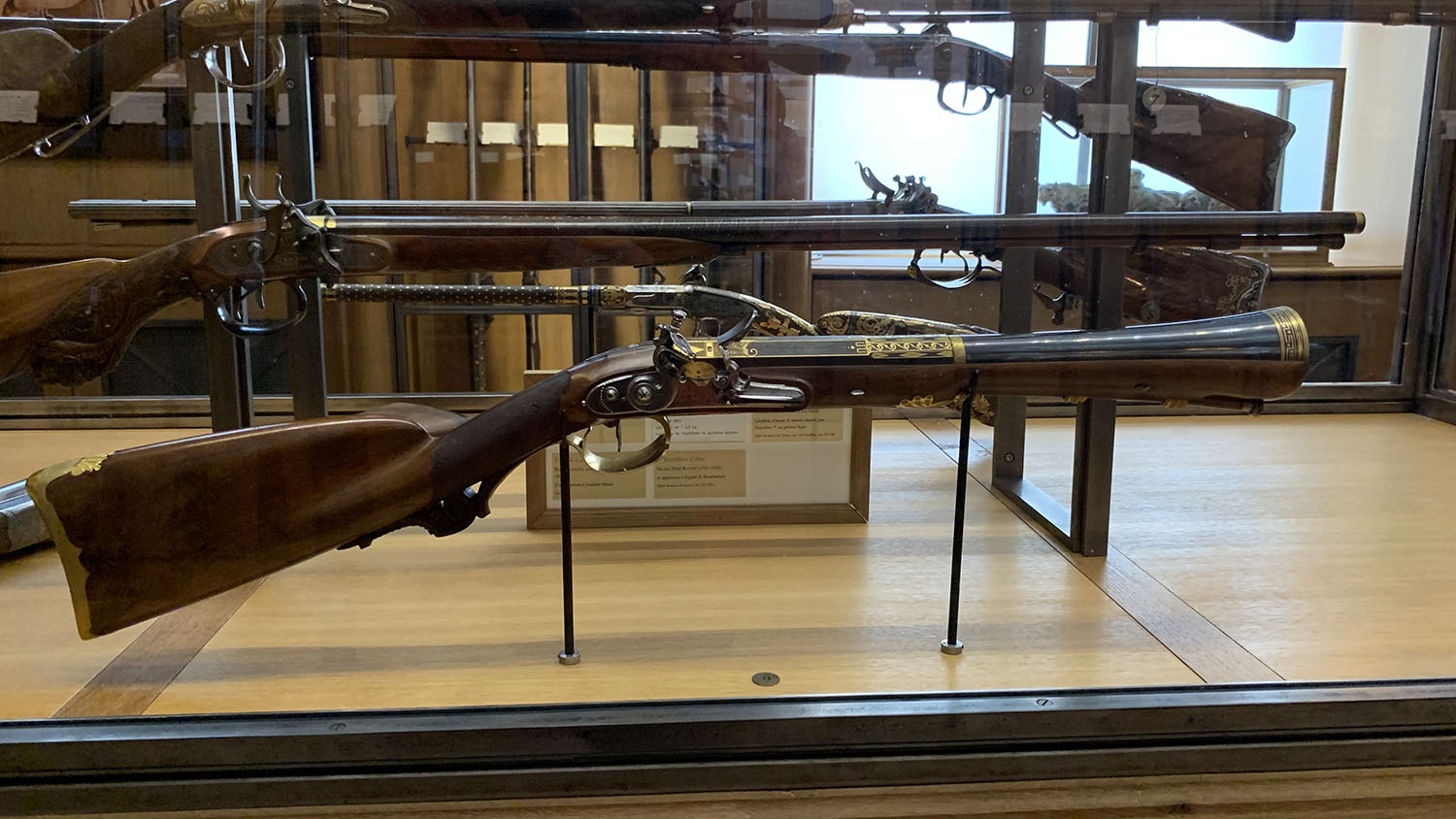
Silex trombone that belonged to Eugène de Beauharnais (adopted son of Napoleon I)
Currently and until September 17, 2025, the exhibition Uchrony enriches the permanent exhibition. Uchrony expresses our relationship to nature and technology, offering an alternative and fictional vision, perhaps in the spirit of Hans Ruedi Giger who created the Alien universe.
Vincent Fournier’s work can be seen at the Metropolitan Museum in New York, the Centre Pompidou in Paris, the Mori Art Museum in Tokyo, the Fondation Louis Vuitton and the museum de la Chasse et de la Nature.

Nerine incognita – Vincent Fournier
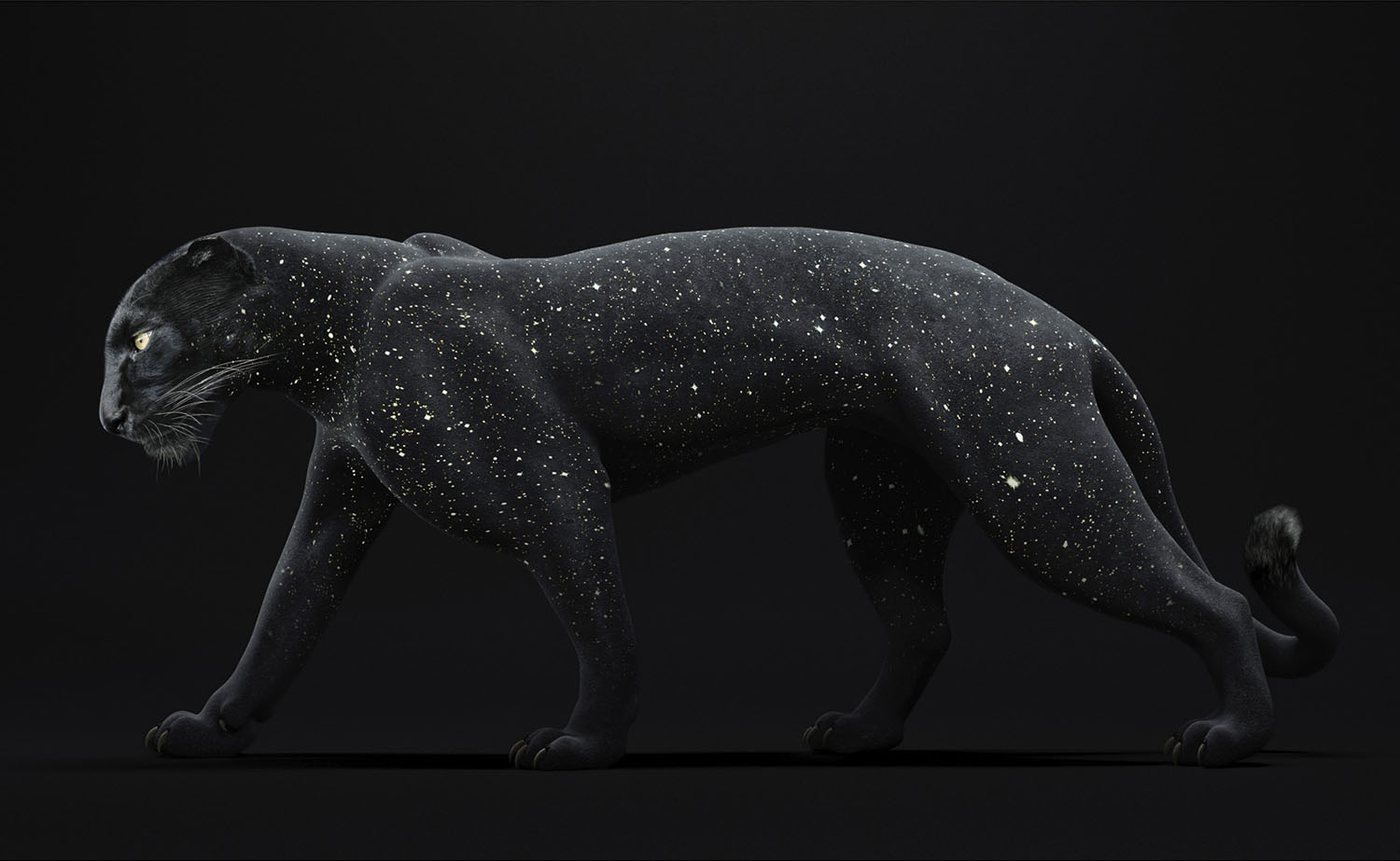
Panthère nostalgique – Vincent Fournier
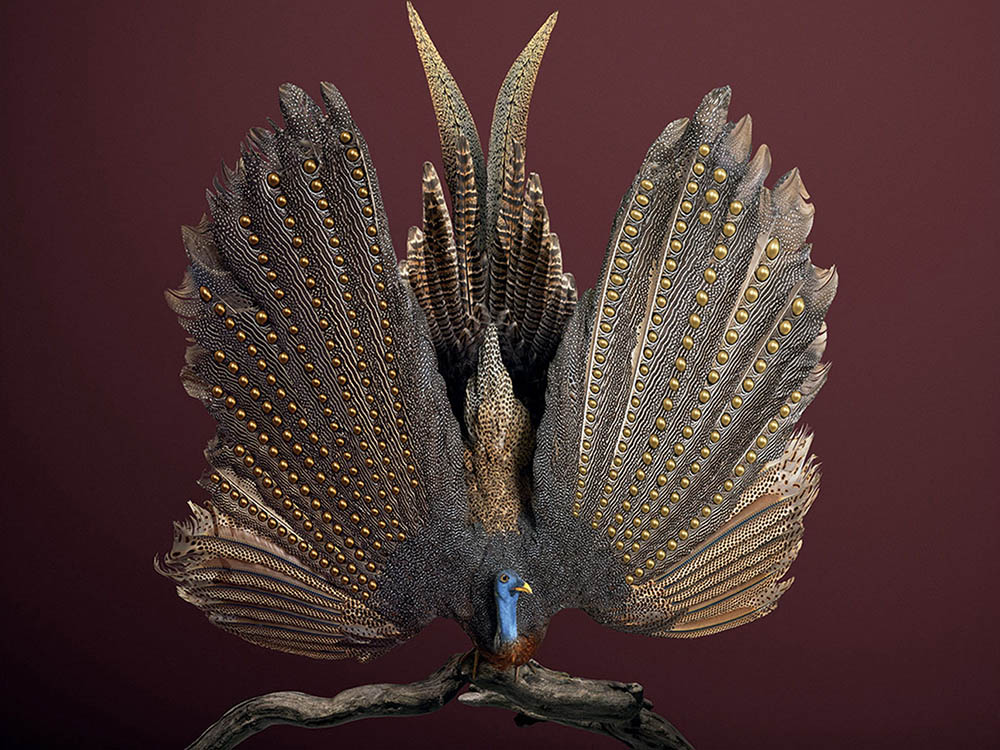
Oiseau Radio – Vincent Fournier
Musée de la Chasse et de la Nature
62 Rue des Archives, 75003 Paris
Tuesday to Sunday from 11:00 am to 6:00 pm. Nocturne on Wednesday until 21:30
https://www.chassenature.org/